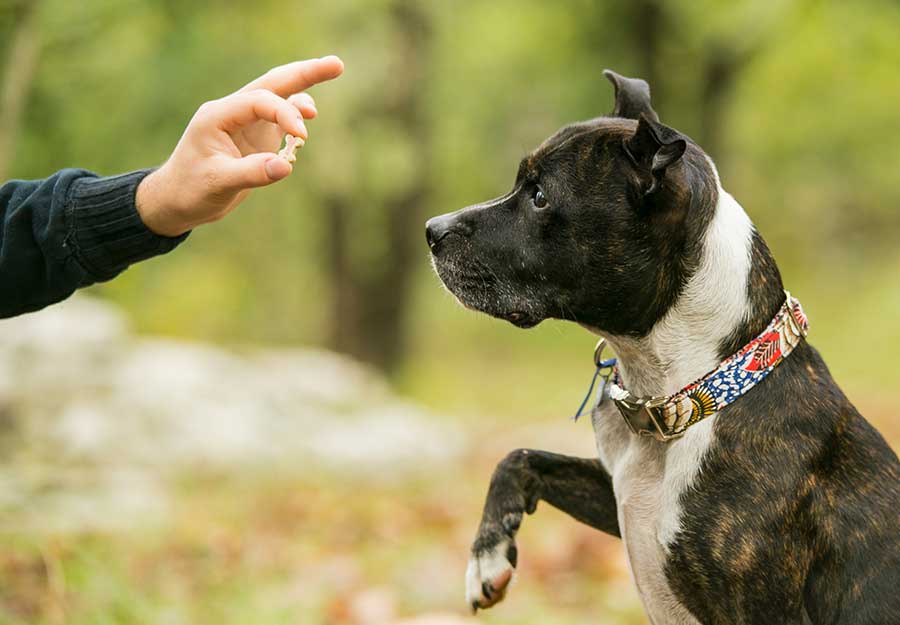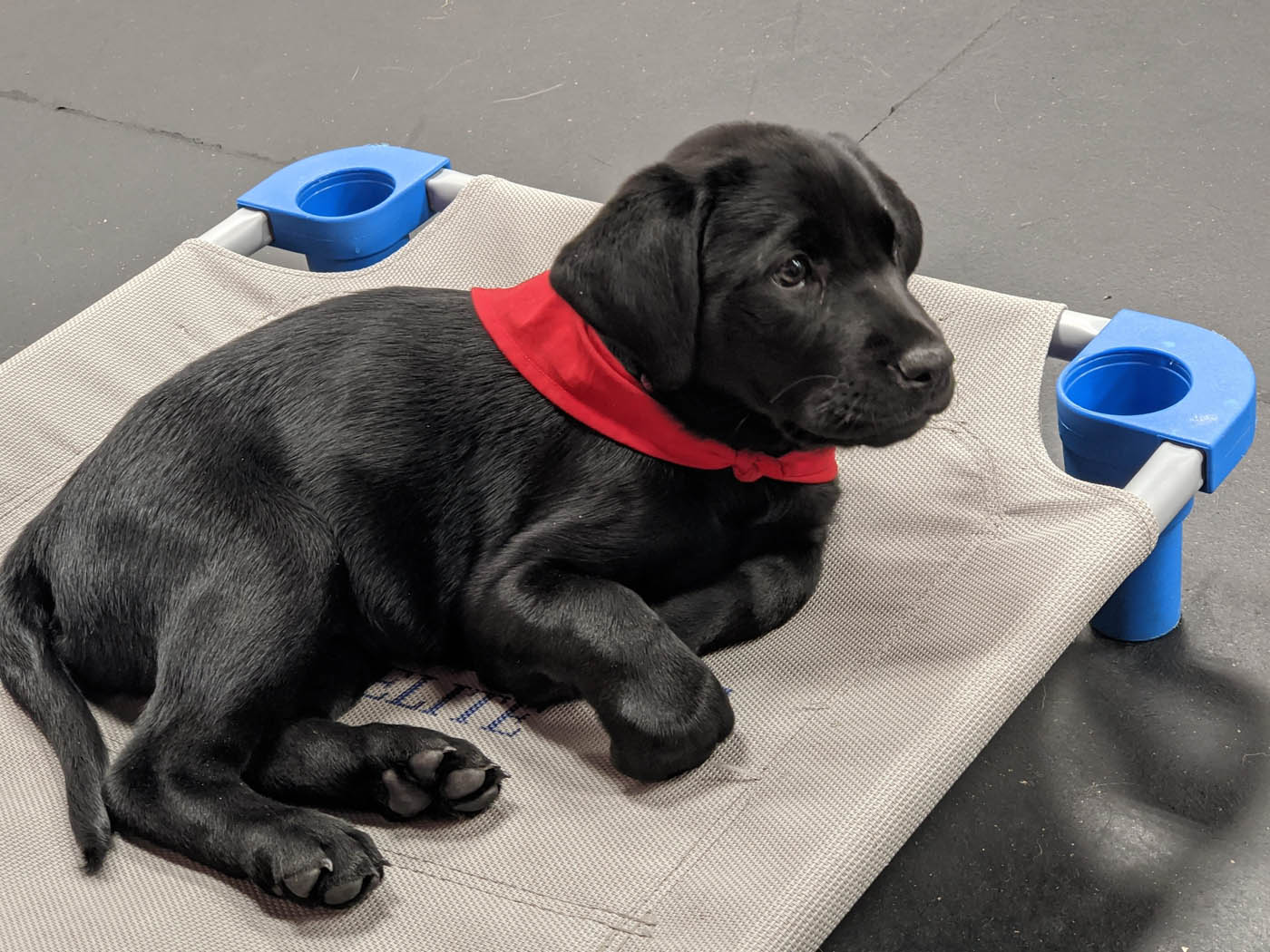Elevate Your Skills with Local Dog Training Charlotte Programs
Elevate Your Skills with Local Dog Training Charlotte Programs
Blog Article
Unlock Your Pet dog's Possible: Proven Pet Training Strategies for Success
Reliable pet dog training is a nuanced process that pivots on understanding canine actions and employing medically backed methods. By incorporating favorable reinforcement, developing clear commands, and prioritizing socializing, dog proprietors can grow an efficient relationship with their family pets.
Understanding Pet Dog Habits
Recognizing canine habits is essential for efficient training and promoting a favorable connection between canines and their proprietors. A comprehensive understanding of canine body movement, articulations, and social communications is important for recognizing their emotions and needs. Pet dogs communicate mainly through non-verbal cues; for instance, a wagging tail might show excitement, while pinned ears can indicate fear or submission.

Moreover, ecological aspects play a considerable role in shaping a pet's actions. Modifications in routine, new environments, or the existence of unfamiliar people can cause anxiety or anxiety in pets. Identifying these triggers allows owners to alleviate unfavorable reactions and create suitable training strategies.
Inevitably, a deep understanding of pet dog behavior lays the structure for successful training approaches, enhancing both behavior and the general bond between the pet and its owner. Dog training. This expertise is important for cultivating a well-adjusted, delighted canine companion
Positive Support Methods
Reliable training relies greatly on positive support techniques, which have actually been shown to produce significant outcomes in forming preferred actions in canines. This technique involves awarding a pet for displaying details behaviors, consequently raising the possibility that these actions will certainly be repeated. Benefits can take various forms, consisting of treats, appreciation, playthings, or playtime, depending upon what inspires the private dog.

It is necessary to gradually terminate benefits as the dog finds out the behavior, transitioning to recurring reinforcement. This strategy keeps the habits with time while stopping dependency on continuous rewards. By concentrating on positive support, trainers can grow a trusting connection with their dogs, advertising a healthy and participating training setting that enhances total obedience and performance.
Establishing Regular Commands
An essential facet of successful pet dog training is the facility of consistent commands. Uniformity in commands is crucial for effective communication in between the trainer and the pet dog. When commands are consistent, pets learn to connect details words with desired habits, which increases the training process and improves understanding.
To develop regular commands, it is essential that all relative make use of the same terminology and gestures. For instance, if a single person uses "sit" while one more states "take a seat," it can develop confusion for the dog. Select clear, distinct words for commands and guarantee everybody included in the pet dog's training sticks to these selections.
Reinforce commands through constant technique, making certain that the pet obtains adequate chances to respond correctly. When a dog successfully adheres to a command, prompt favorable support must comply with.
Lastly, be client. Developing regular commands takes some time and effort. With devotion and quality, you will help your pet establish a strong understanding of expectations, inevitably causing a well-behaved companion.
Socializing and Direct Exposure
Interacting socially a dog is essential for cultivating a certain and well-adjusted buddy. This process includes exposing your pet to a range of environments, people, and other pets to develop their social abilities and adaptability. Early socializing, ideally in between the ages of three to fourteen weeks, is critical, as it lays the groundwork for a dog's future habits.
During socialization, aim to supply favorable experiences in different setups, such as parks, busy roads, and homes with various other animals. Present your dog to different stimulations, including noises, views, and smells, making sure that each encounter is gratifying. This direct exposure helps alleviate anxiety and anxiety, leading the way for a more resistant dog.
Engaging in regulated team play sessions with various other pets can additionally boost social abilities, educating your pet dog appropriate communications and borders. Focusing on socializing will dramatically add to your pet dog's general happiness and habits throughout their life.
Overcoming Common Educating Difficulties

An additional frequent problem is distraction. Canines might struggle to concentrate in active or unfamiliar settings. Slowly desensitize your pet dog to distractions by starting training in a peaceful setting and slowly introducing more stimulations as they come to be competent (dog training charlotte nc). Favorable support techniques, such as treats and praise, can preserve inspiration and emphasis.
Additionally, behavioral issues like jumping or excessive barking can become aggravating. Address these by instructing alternate habits, such as sitting smoothly when greeting guests. Consistency and patience are crucial; reinforce desired actions continually and stay clear of abuse, which can cause complication.
Finally, identify that each pet dog is special, and training timelines may vary. Tailor your strategy to your pet's private requirements, and seek specialist advice if needed. With determination and the best strategies, overcoming these obstacles can cause a well-trained, happy canine friend.
Final Thought
Finally, opening a pet dog's prospective necessitates a thorough technique that incorporates an understanding of canine actions, the application of positive reinforcement strategies, and the establishment of regular commands. Early socialization and exposure to varied environments better improve a dog's versatility and confidence. By resolving common training obstacles with tailored approaches and persistence, a participating and harmonious connection in between canine and trainer can be promoted, inevitably resulting in a mannerly companion with the ability of thriving in different scenarios.
Efficient pet training is a nuanced process that pivots on recognizing canine habits and using scientifically backed methods.Understanding canine actions is vital for reliable training and fostering a positive partnership in between pet dogs and their proprietors.Effective training depends greatly on positive reinforcement methods, which have actually been revealed to yield considerable outcomes in forming wanted behaviors in canines. When commands are consistent, pets learn Dog training to connect certain words with wanted actions, which accelerates the training process and improves understanding.
In verdict, opening a dog's potential requires a detailed strategy that includes an understanding of canine behavior, the application of positive reinforcement techniques, and the establishment of consistent commands.
Report this page